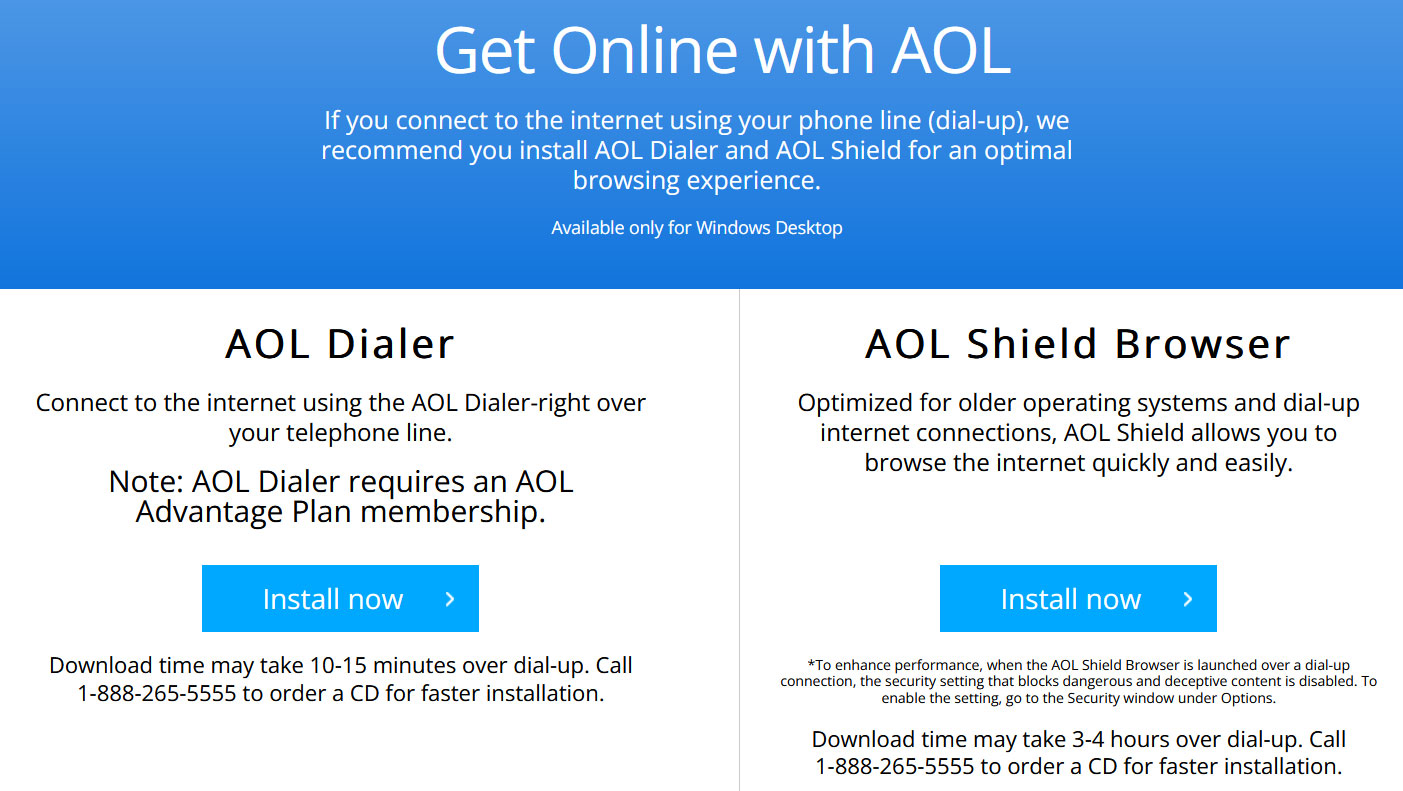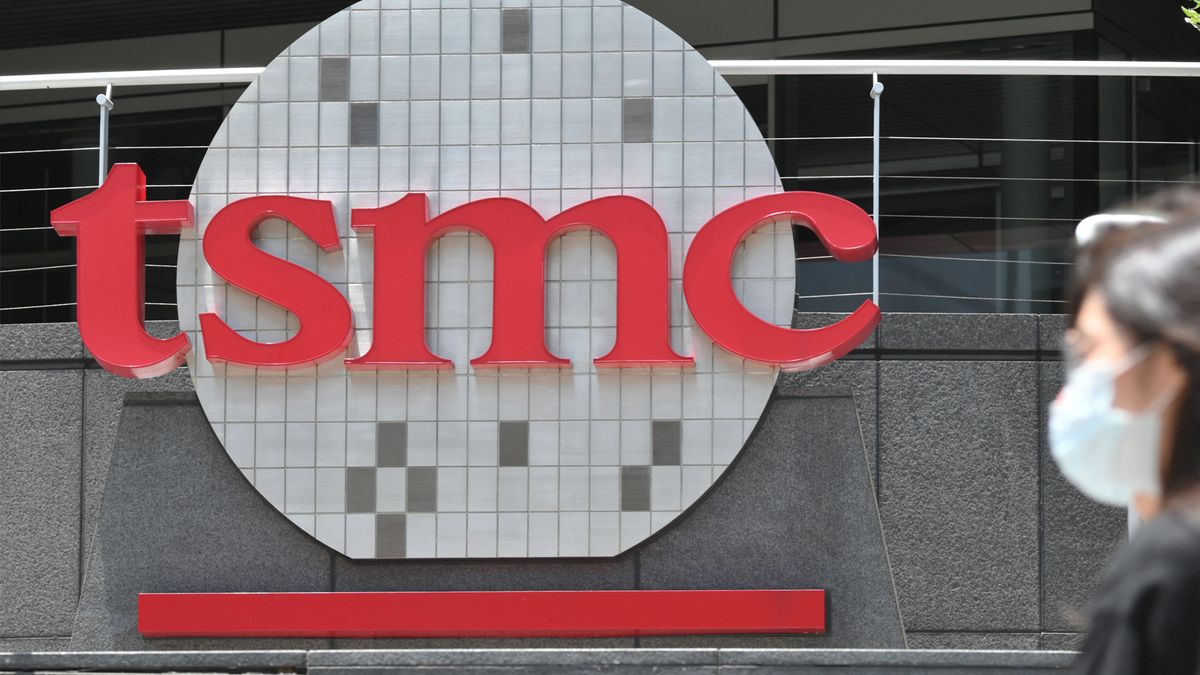Dial-up connectivity stalwart AOL has set a date for cutting off the remainder of its old-tech internet holdouts. AOL, now a Yahoo! property, will end its dial-up internet service, the Public Switched Telephone Network (PSTN)-based internet connectivity service, on September 30, 2025. Its dial-up service has been publicly available for 34 years, and has provided many an internet surfer's first taste of the WWW. AOL will also end its AOL Dialer software and AOL Shield browser. RIP slowband.

“AOL routinely evaluates its products and services and has decided to discontinue Dial-up Internet,” wrote the iconic internet service provider (ISP). “This service will no longer be available in AOL plans.”
The help message then went on to explain that it won’t just be the dial-up modem service that will be terminated on Sept 30. Also being administered their last rights at the end of September are the AOL Dialer software and AOL Shield browser. The former will be useless without the associated service, of course, but the latter was optimized for older OSes and slow connections, and could still be useful for some.
Who will miss the screeching modem?
In large countries, with regions where traditional PSTN phone lines are still available, but newer internet connectivity options may not be, some might argue that dial-up is still viable. Also, sometimes it is advertised as a backup connectivity option. In the U.S., for instance, the latest government census data indicates approximately a quarter of a million remaining dial-up holdouts.
One of the natural successors for internet connectivity in hard-to-reach places is satellite, with around eight million subscribers in the U.S. Meanwhile, ten times more people use the current favorite, and price/performance internet connectivity sweet spot, delivered by the DLS/cable/fiber optic trinity.
We know some countries/regions have quite a range of competitive 5G offerings for home internet access, but that isn’t the U.S. at this time.
Did you suffer with PSTN PTSD?
Internet old timers might feel some slight pangs of PSTN-based nostalgia. However, the move to always-on, fast, and responsive connectivity - at a fixed price - from ADSL onwards, came with few or no drawbacks compared to dial-up service.
On performance, remember that the best hobbyist modems would only deliver up to 0.056 Mbps data speeds. ADSL services comfortably moved the performance needle to around 25 Mbps for many users (depending on line quality). In 2025, anyone who wants the best internet performance will usually prefer fiber connectivity, with a fairly typical service offering 500 Mbps data speeds.
Taking the above figures as reasonable averages of the respective eras, we’ve definitely come a long way since the heydays of dial-up. However, there remain some niche providers in the U.S. and elsewhere, if you don’t have any other connection options.
Follow Tom's Hardware on Google News to get our up-to-date news, analysis, and reviews in your feeds. Make sure to click the Follow button.

 3 months ago
86
3 months ago
86





 English (US) ·
English (US) ·